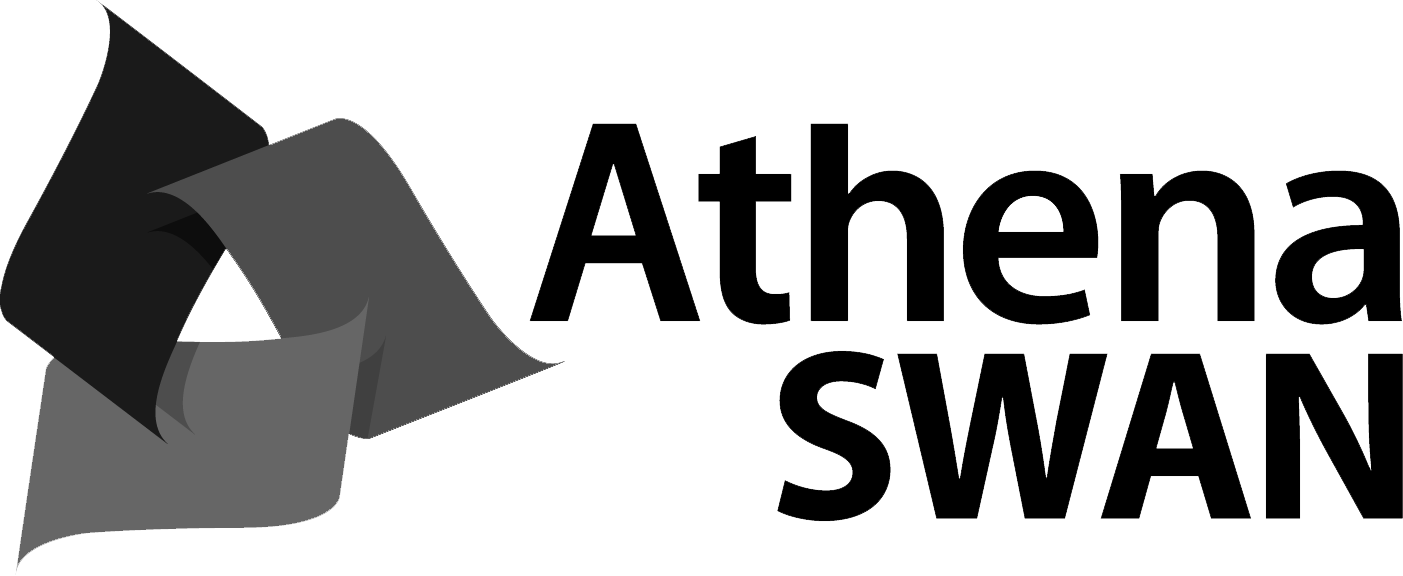The unit aims to convey how fossils, stratigraphic and structural data are used together to determine ages and environments and the deformation history of rock layers. It covers an introduction to historical geology and the evolution of the major fossils groups. Methods of stratigraphic age determination include litho-, bio-, chemo-, magneto- stratigraphy, as well as radiometric geochronology and the stratigraphic characteristics of the main geological time intervals. Structural methods are focused on brittle deformation in the upper crust and sediments. Students will gain familiarity with the most important fossil groups and how to identify them, and with the most important types of faults and folds. The formation of fossil fuels such as coal, oil and gas will also be covered in an earth history and resource exploration context. The simultaneous use of fossils, stratigraphy and structure to unravel the geological history of a set of exposed rock layers is demonstrated during a field excursion to Yass.
Unit details and rules
| Academic unit | Geosciences Academic Operations |
|---|---|
| Credit points | 6 |
| Prerequisites
?
|
24cp of 1000-level units of study, including (GEOS1003 or GEOS1903) and (GEOS2114 or GEOS2914) |
| Corequisites
?
|
None |
|
Prohibitions
?
|
GEOL2123 or GEOL2124 or GEOS2924 |
| Assumed knowledge
?
|
None |
| Available to study abroad and exchange students | Yes |
Teaching staff
| Coordinator | Maria Seton, maria.seton@sydney.edu.au |
|---|---|
| Lecturer(s) | Nicky Wright, nicky.wright@sydney.edu.au |
| Maria Seton, maria.seton@sydney.edu.au | |
| Patrice Rey, patrice.rey@sydney.edu.au | |
| Tutor(s) | Joe Ibrahim, youseph.ibrahim@sydney.edu.au |





